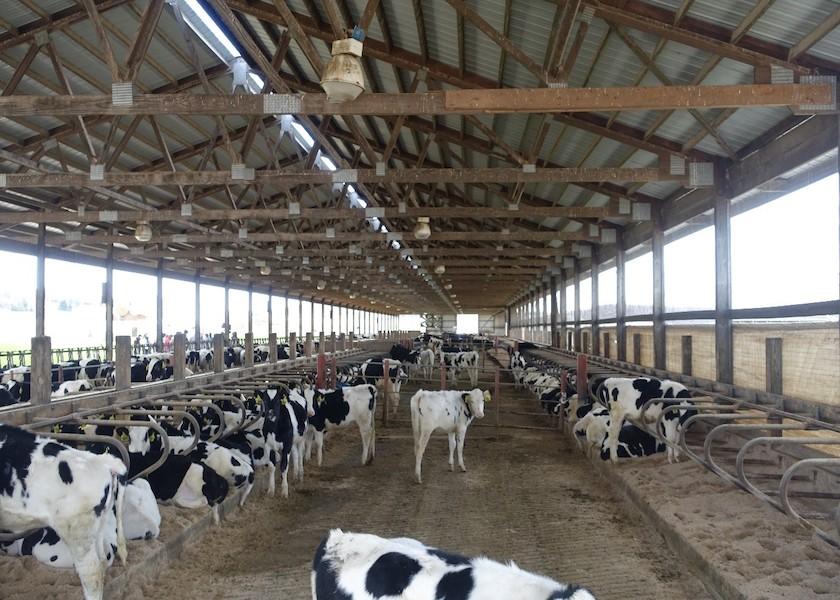Heifer Supply Will Limit Dairy Expansion

The worst drought in at least 1,200 years to grip the American Southwest, according to a recent study, has rippled through both the dairy and beef industries. That coupled with a myriad of other issues will continue to slow expansion in the dairy industry, according to Sarina Sharp, analyst with the Daily Dairy Report.
“The drought has forced many cattle growers to slaughter cows and heifers, which will reduce beef calf supplies in the year to come,” Sharp said. “Going forward beef producers will compete with dairy producers for a shrinking pool of calves, which likely will raise the price of young stock for both industries.”
According to USDA’s annual Cattle report, released January 31, the supply of dairy heifers stood at 4.45 million head on January 1, down 3.4% from a year earlier and the lowest start to any year since 2009. Moreover, the report showed that fewer than 2.84 million dairy heifers will calve and enter the milking herd this year, the smallest total since 2005.
“Although high milk prices will prompt dairy producers to add cows, the combination of limited heifer supplies, tapped-out processing capacity, expensive construction materials, supply chain snarls, and a labor shortage will slow expansion and dramatically raise the cost to build new facilities.,” Sharp said.
On February 17, the top 25 springers — dairy heifers ready to calve — brought between $1,575 and $1,775/head at the monthly sale in Pipestone, Minnesota. In mid-February, Sharp noted that springers averaged roughly $1,440 at auctions around the country, the highest national average since 2017.
“While prices stand at four-year highs, most springers are selling for less than the cost to raise them and increasing feed costs are adding to the expense,” she said. “For years, the disconnect between the cost to raise replacements and market values has discouraged some dairy producers from feeding their own springers to maturity, and that has contributed to the decline in dairy heifer numbers.”
High beef prices over the past few years have further encouraged dairy producers to crossbreed their cows with beef genetics, Sharp said, and that has resulted in fewer dairy bull and heifer calves. In 2021, that the average crossbred bull calf was worth more than twice what a Holstein bull calf was bringing, she noted.
“The dairy industry will still be able to grow the milk-cow herd by slowing cull rates, but the price of expansion will likely be historically high,” she noted.







